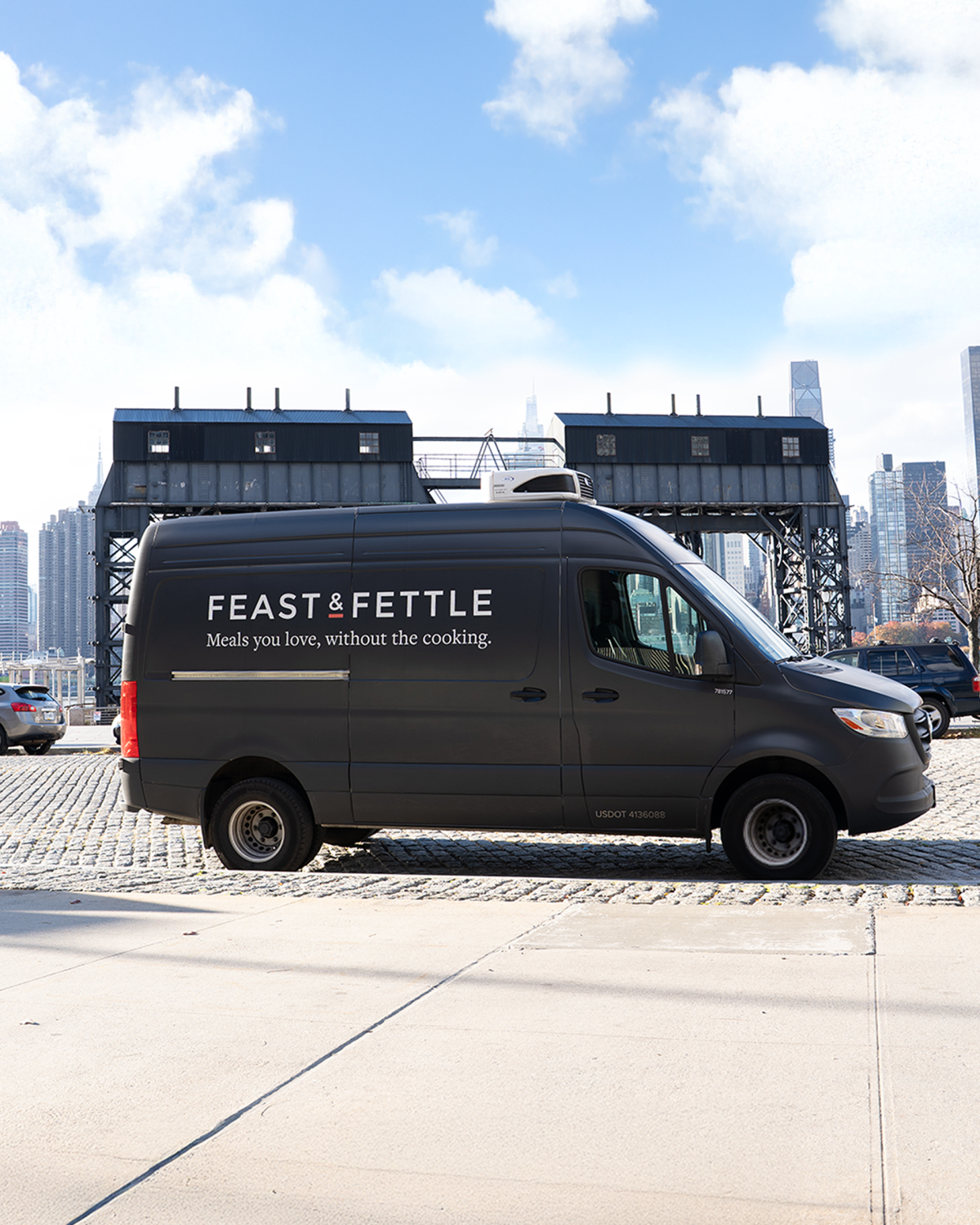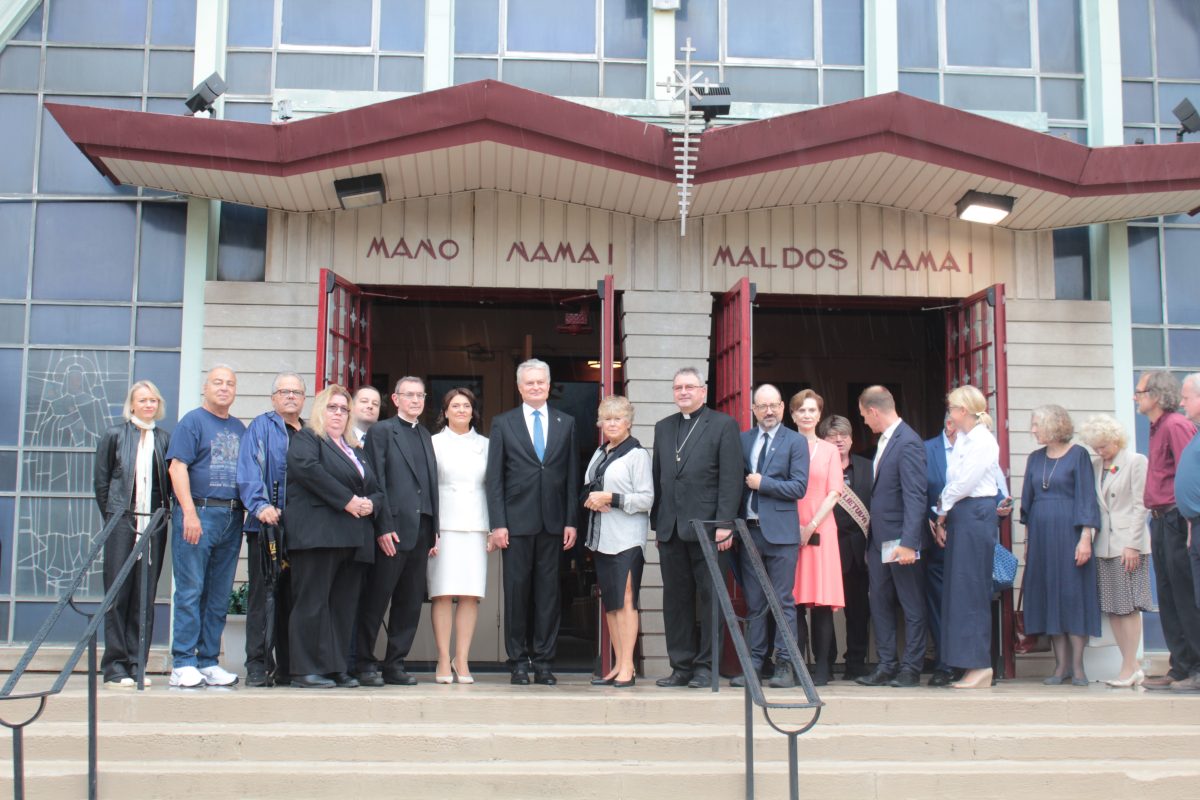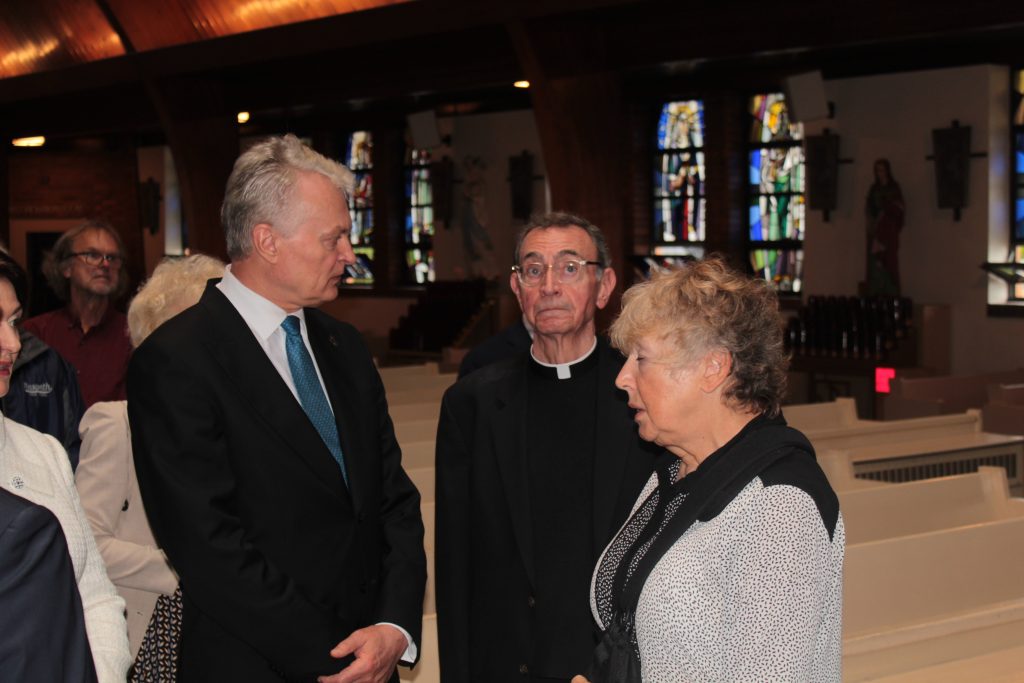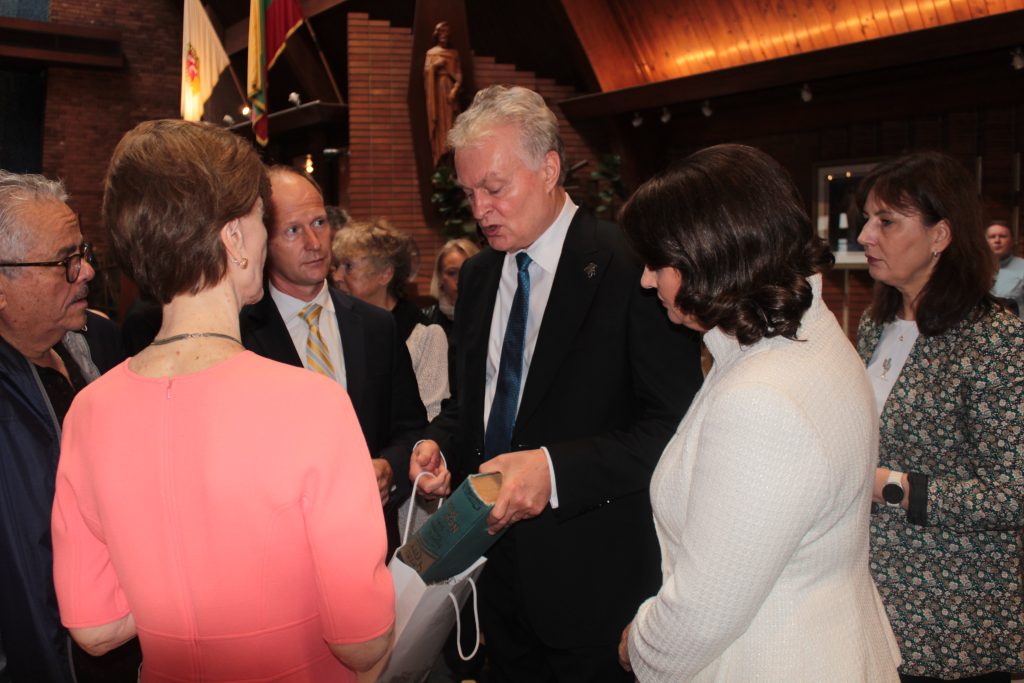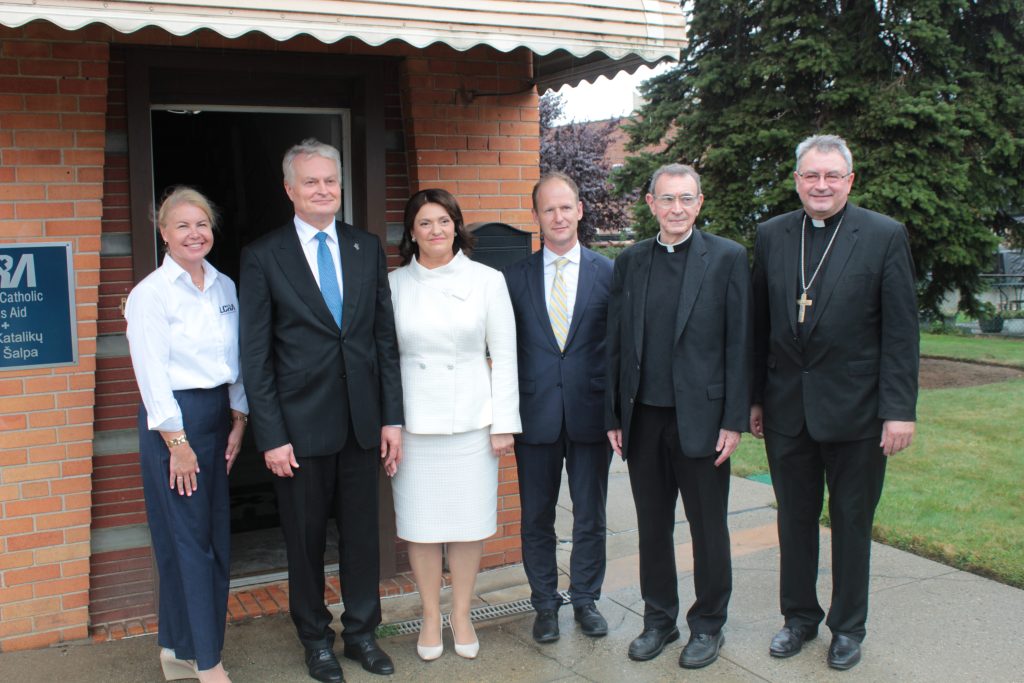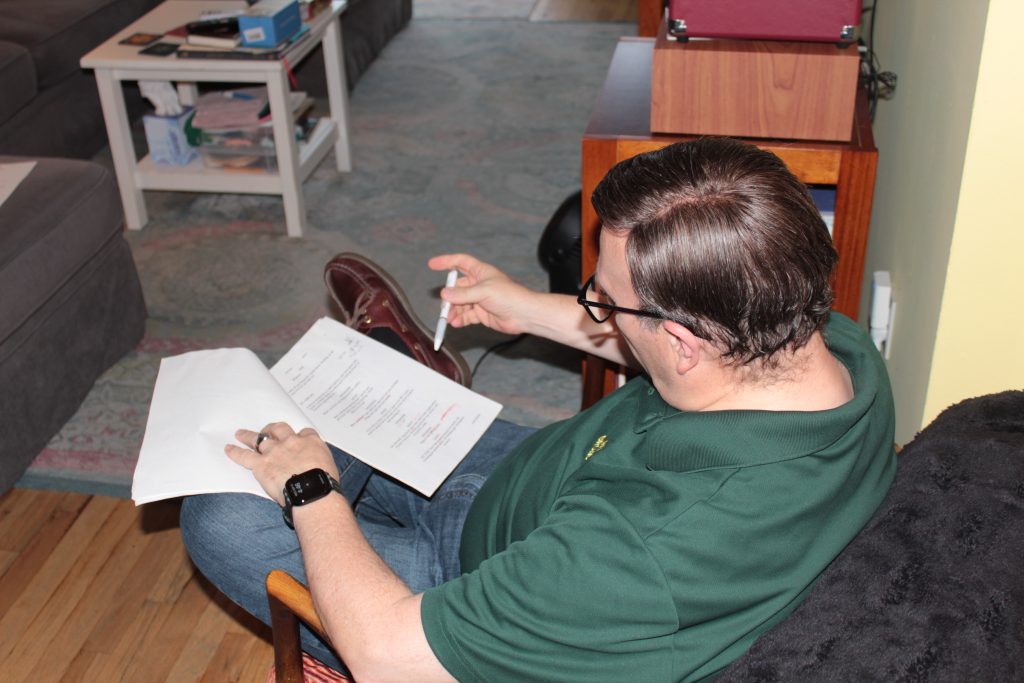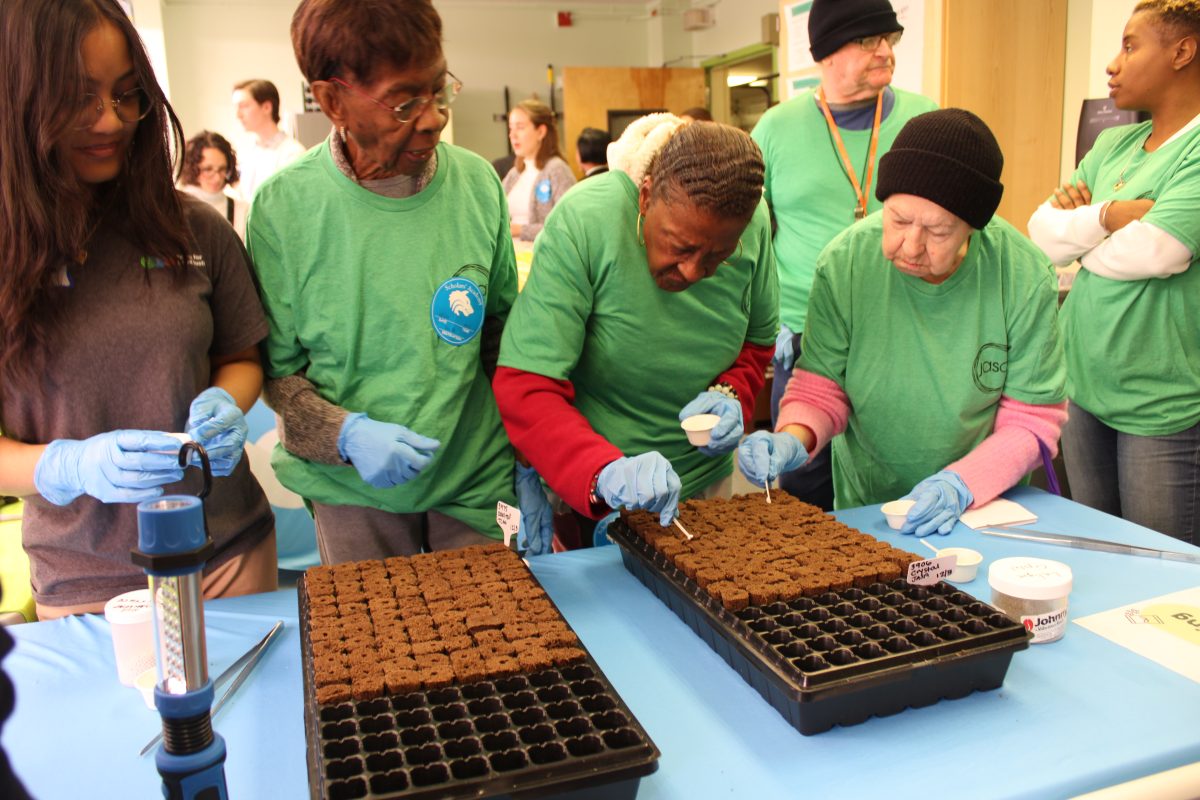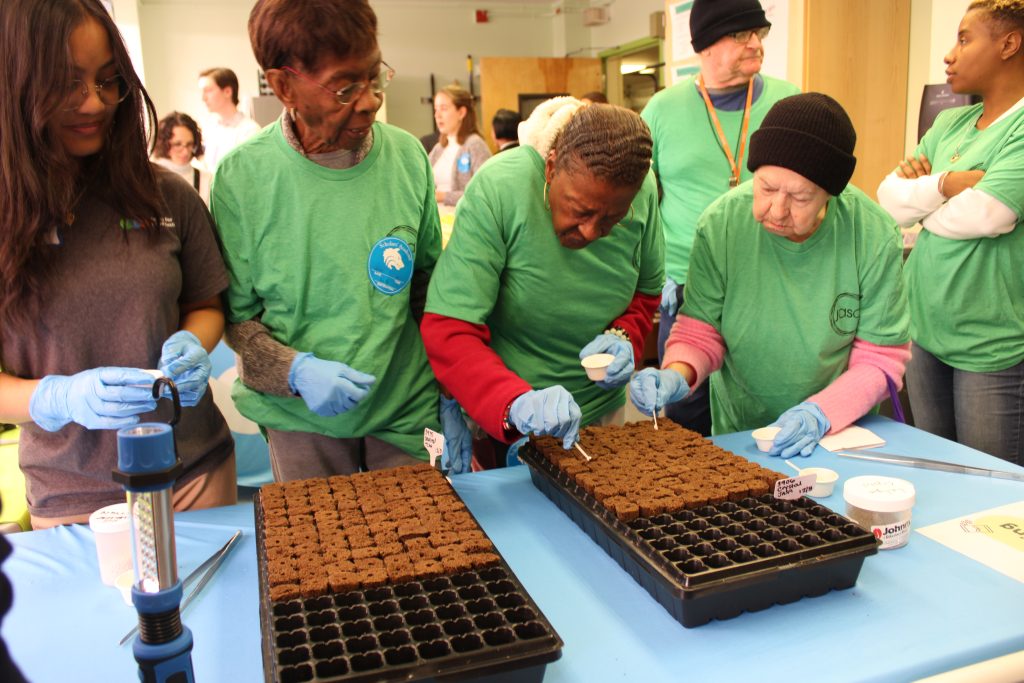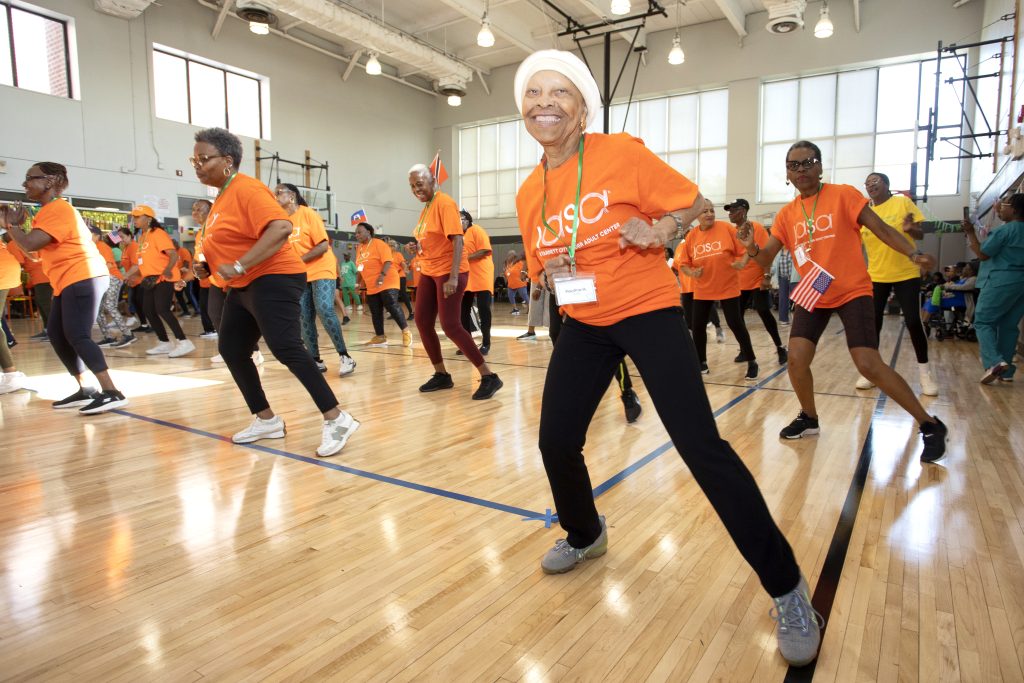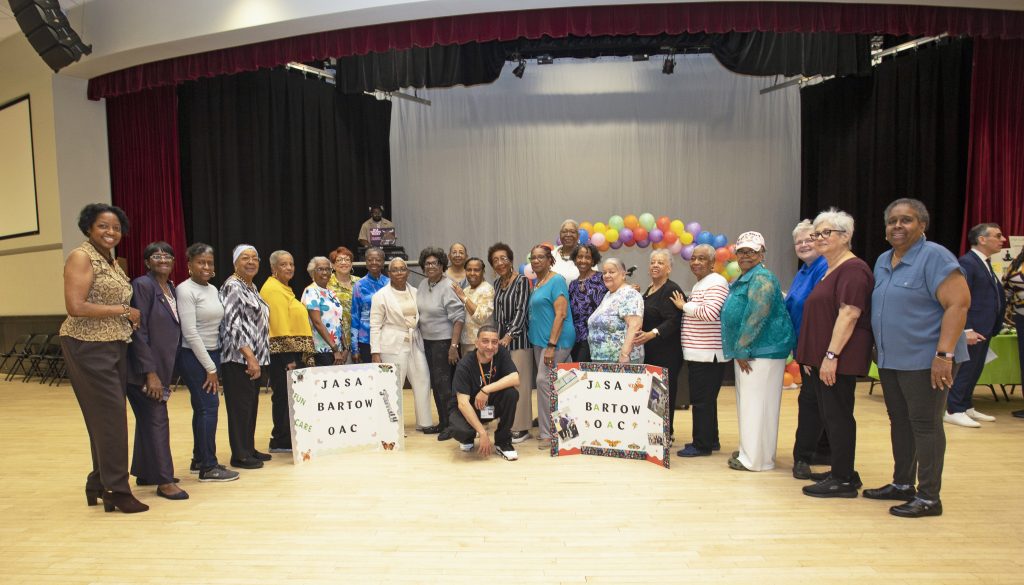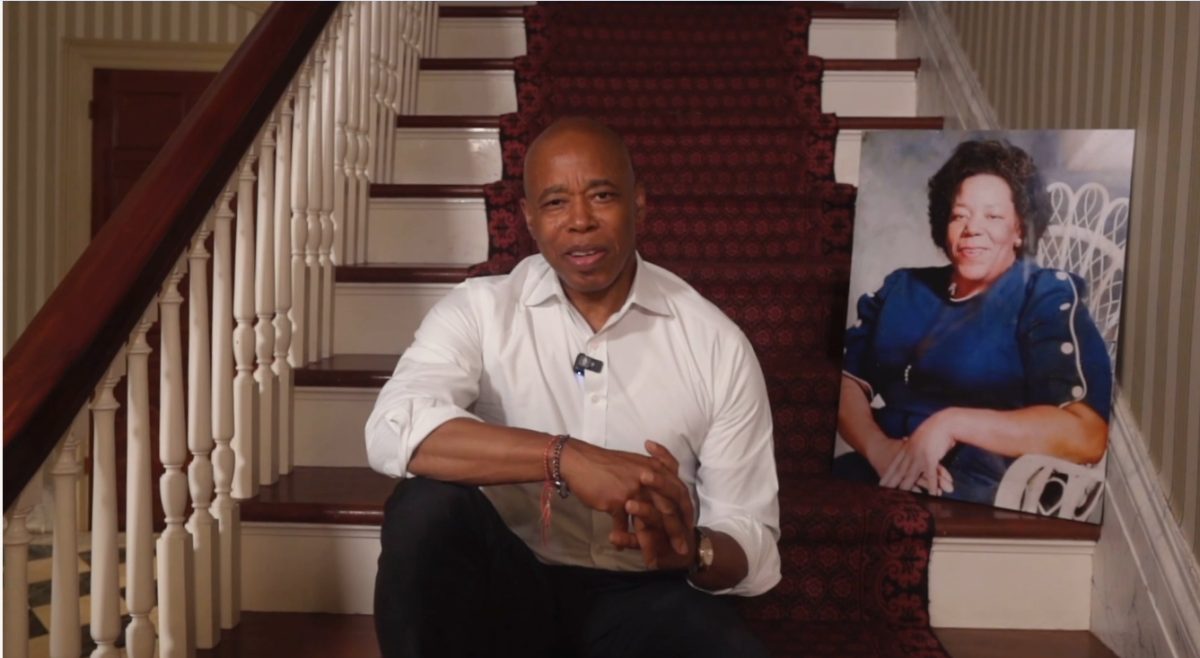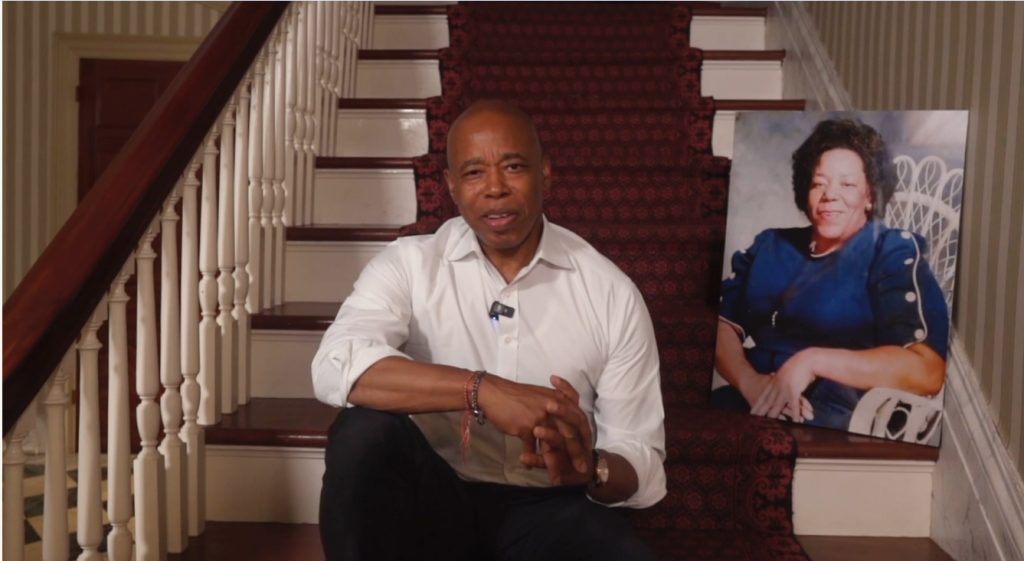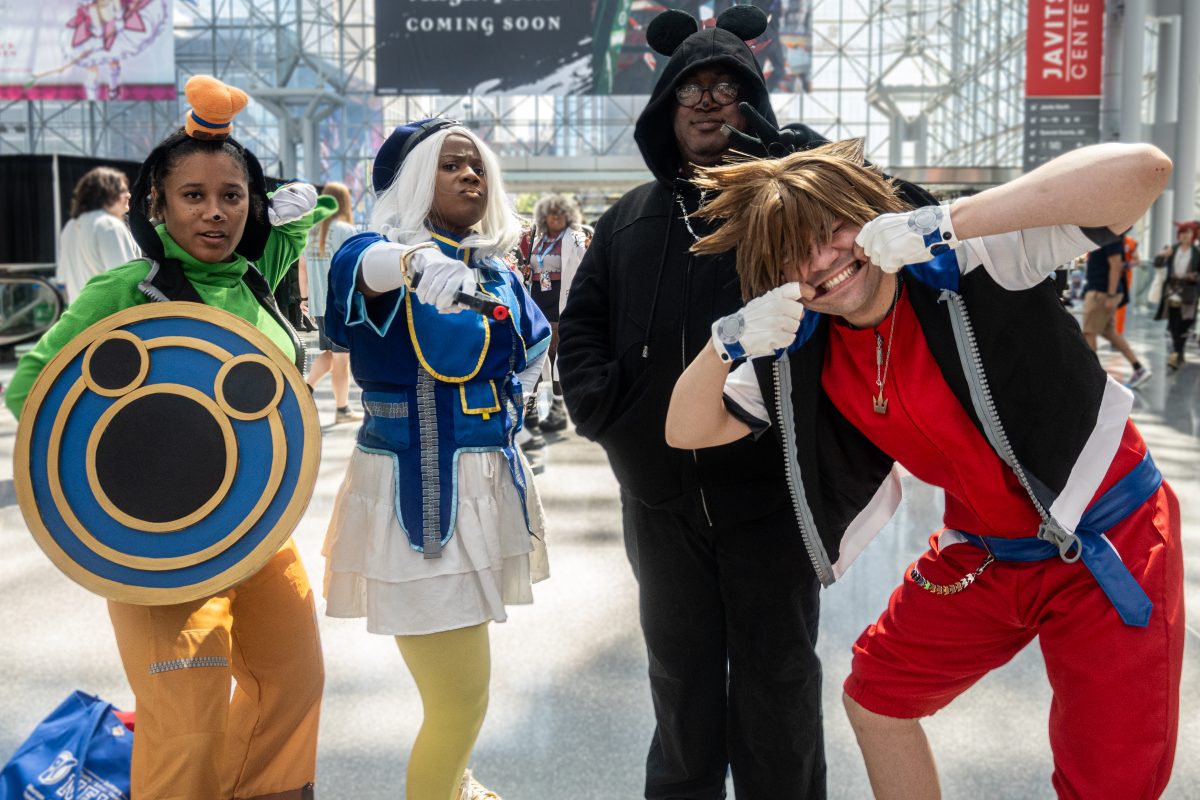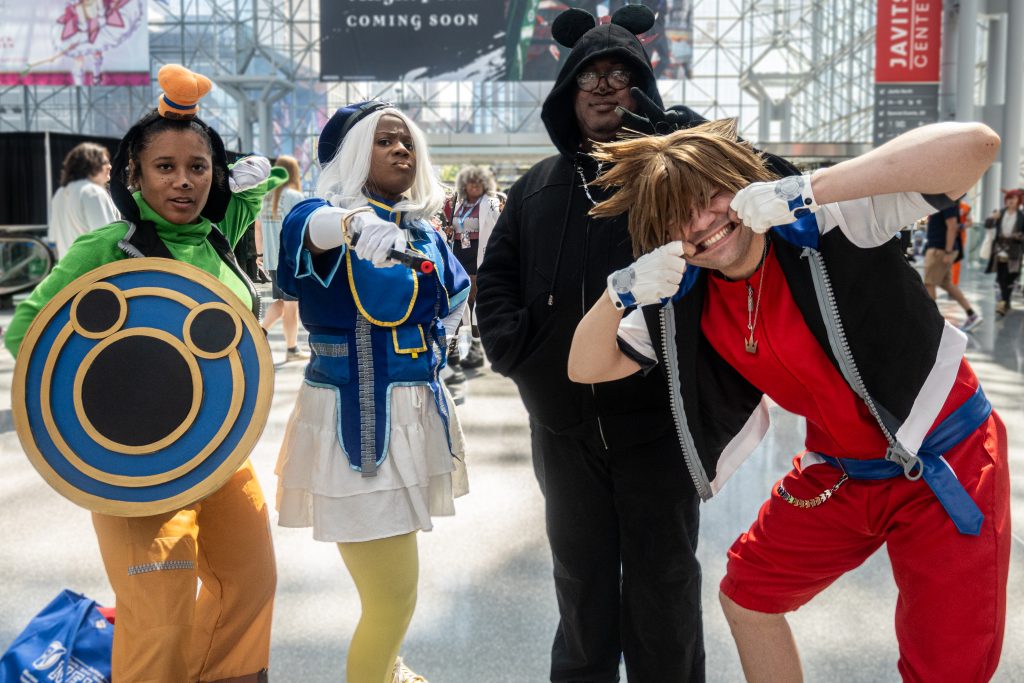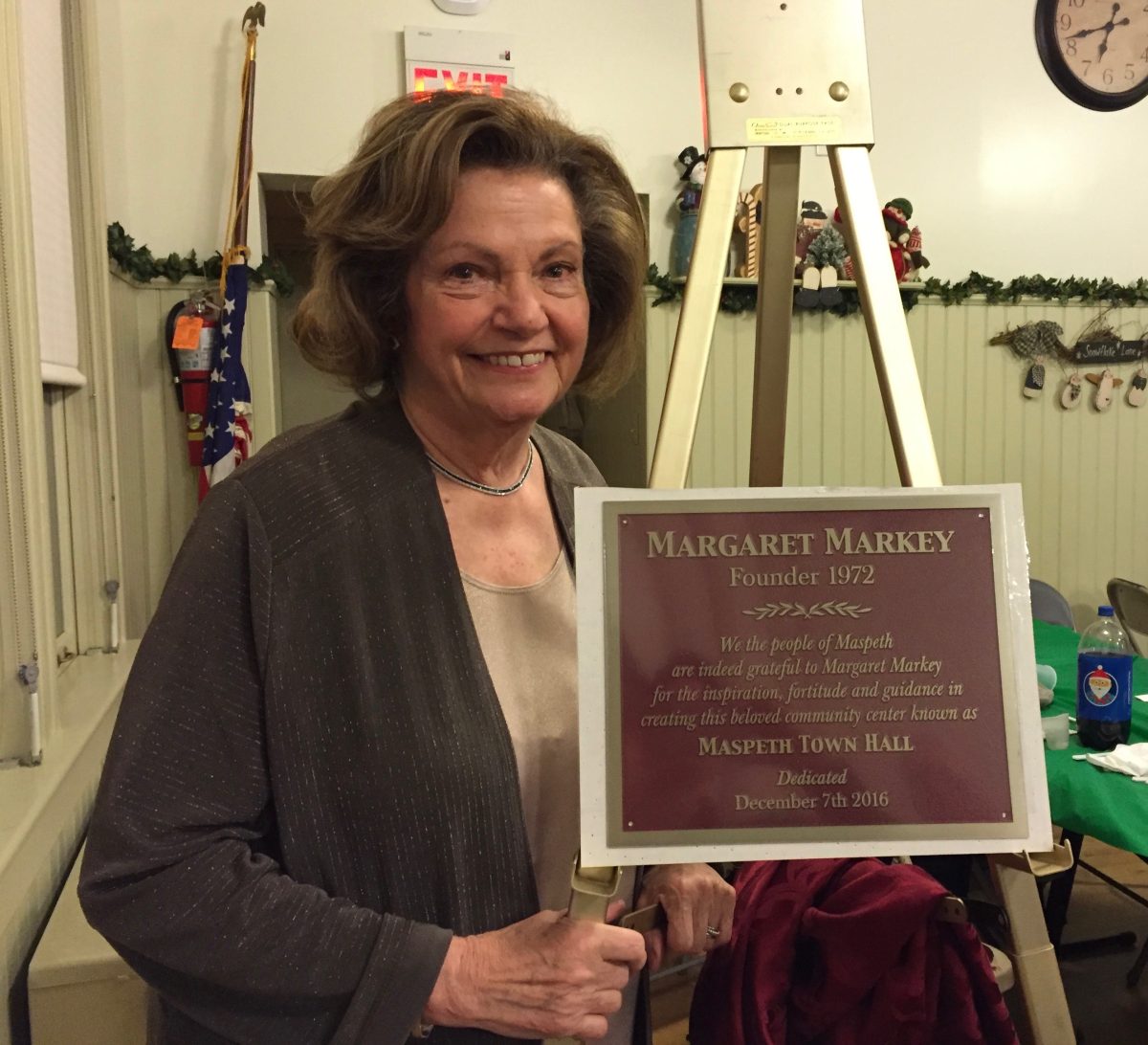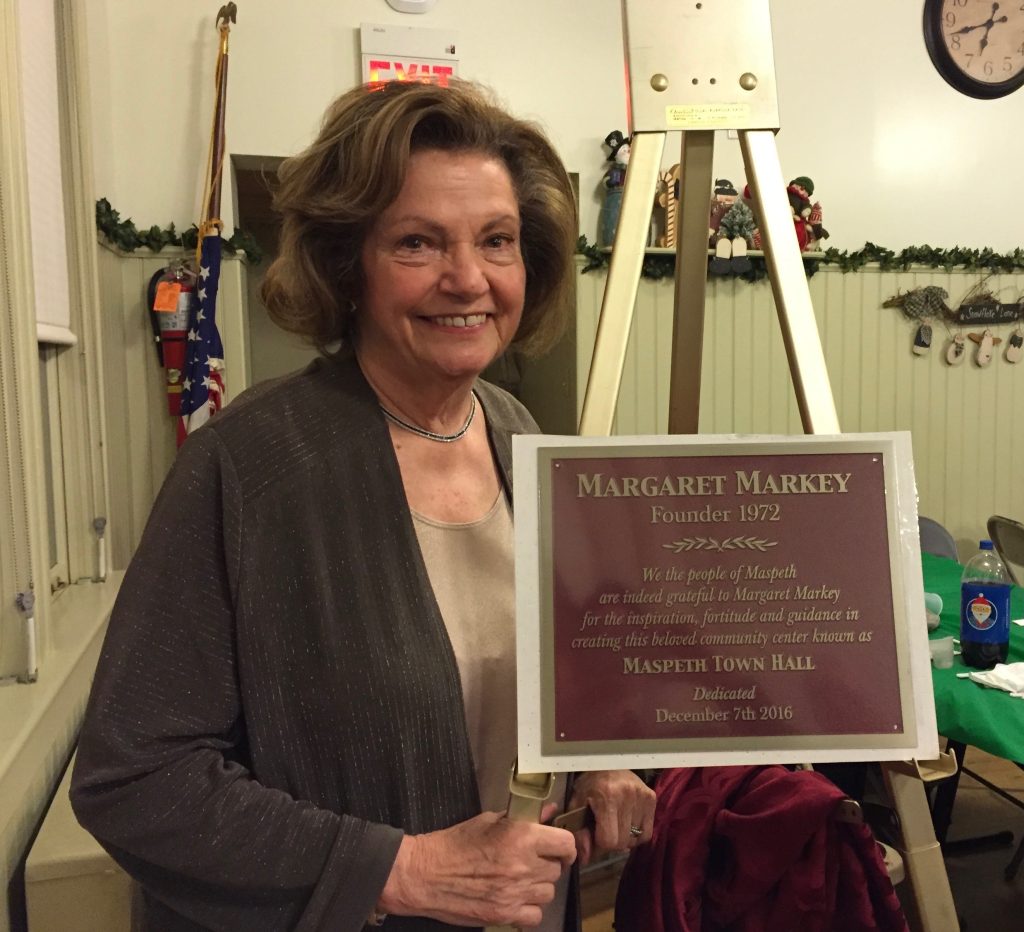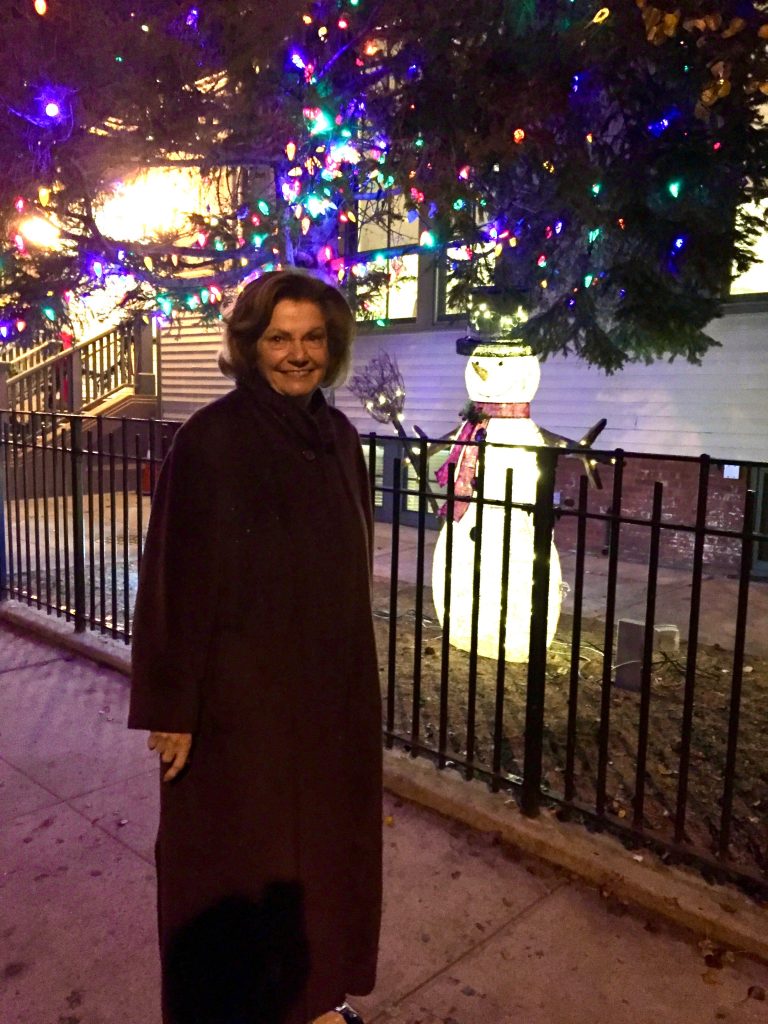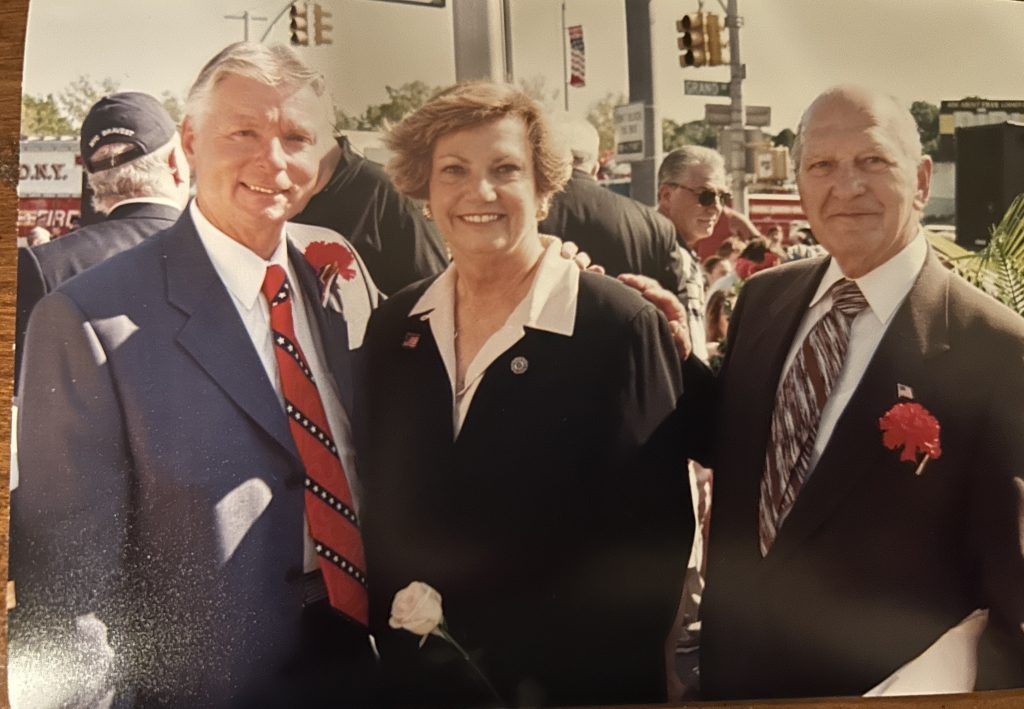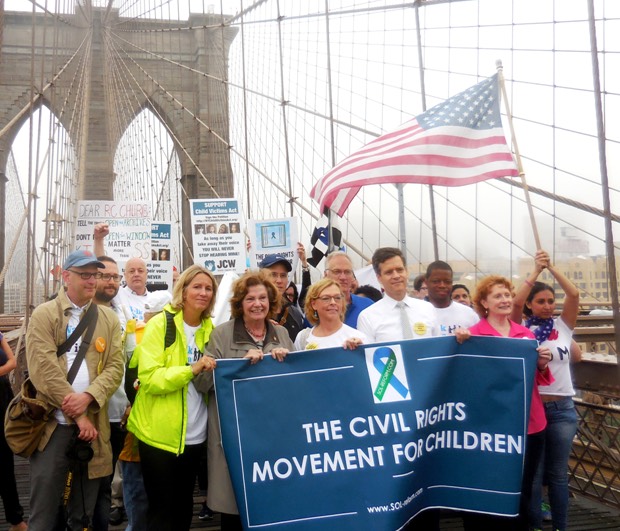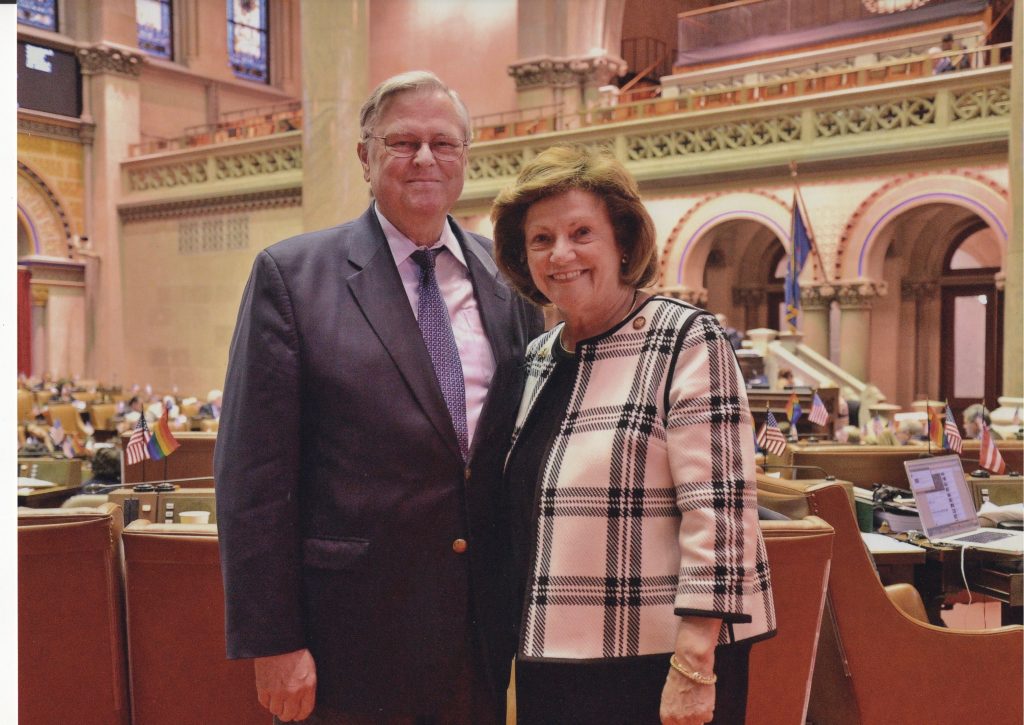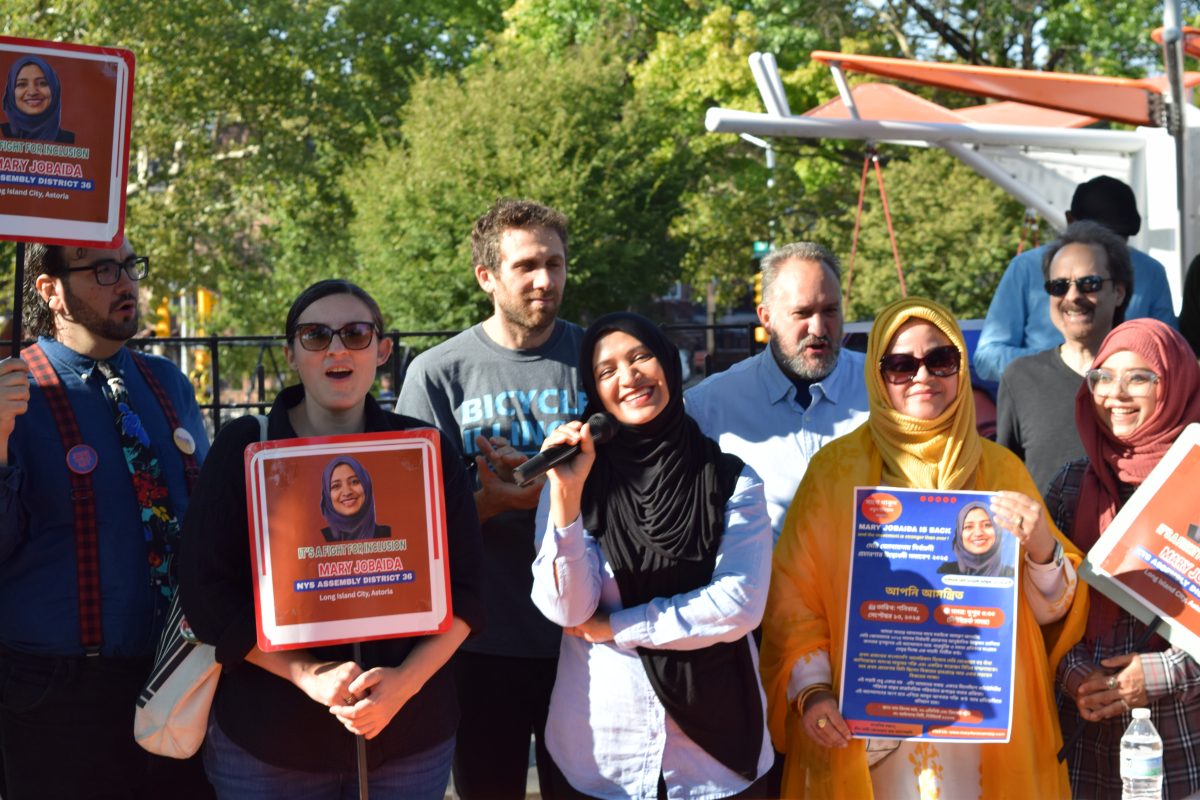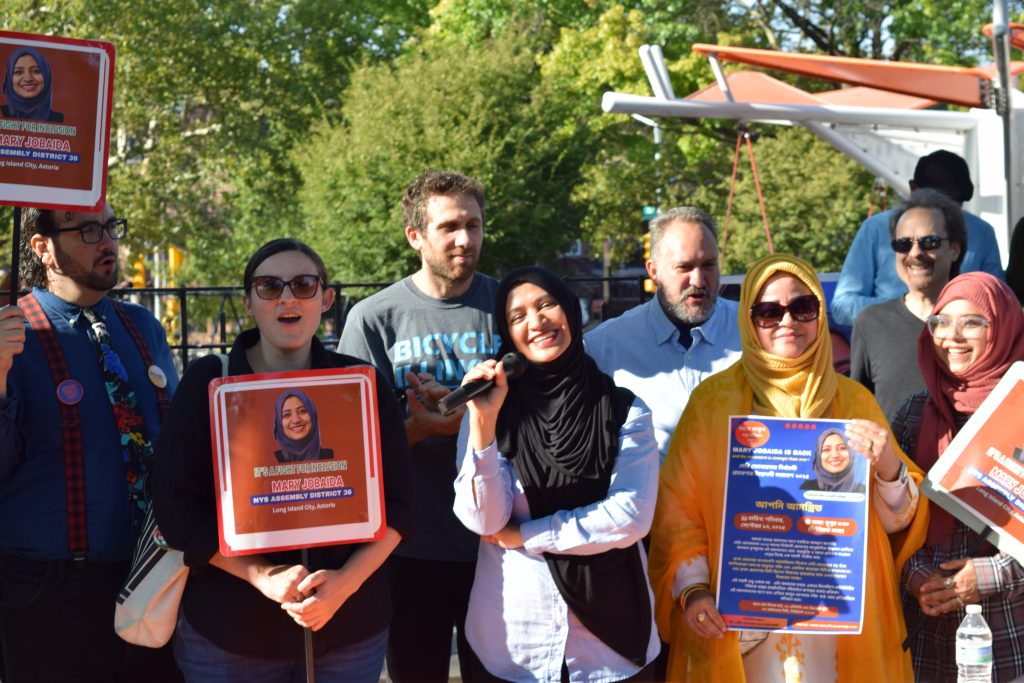
Jobaida addressed dozens of supporters on a sunny afternoon last Sunday at Dutch Kills Playground in Astoria.
By JACK DELANEY | jdelaney@queensledger.com
Mary Jobaida, an educator and community activist, launched her campaign for state Assembly in Queens District 36 on Sunday.
The seat, which encompasses Long Island City and Astoria, is currently held by Zohran Mamdani. But with the latest polls suggesting he has a double-digit lead in the mayoral race, only seven weeks out, candidates are preparing for a special election to replace him — and Jobaida is the first to enter the ring.
“I am running because inequality is still rising in our community,” Jobaida told the crowd at Dutch Kills Playground, as kids laughed and swung from the jungle gym below. “I am running because the housing crisis is deepening, health care and education are under attack, and the budget cuts always target food and nutrition for our most vulnerable neighbors, at a time when the rich continue to become richer. We cannot accept that.”
Jobaida’s progressive platform is informed by her experience as a first-generation Muslim woman from rural Bangladesh, who arrived in NYC at the age of 20, only two months after the 9/11 attacks. “I came to this country as a young woman with a hearing disability,” she told the Ledger, “dependent on lip reading and guessing, with zero knowledge of American culture and a broken education.”
Yet despite factors that might have led to isolation, Jobaida remained oriented towards a broader community. She joined rallies against rising Islamophobia, and later, when Barack Obama ran for president, she brought her three-year-old along with her to canvas for his campaign.
“I knew from the moment I met Mary that she was special,” said Alexis Kaloyanides, an interior designer and public school advocate, at Sunday’s event. “She had a compassion to her — her heart was bursting from her chest.“
When Jobaida wasn’t able to find a job in her neighborhood, she enrolled at LaGuardia Community College, where she majored in media studies and was elected as vice president of the student government. “I saw the struggle,” she recalled. “Our classmates would come very early in the morning from work, in their uniforms, and they would sleep on those couches in the lobby for three or four hours. Then they would go to class, and afterwards go back to work again.”
In Albany, Jobaida aims to pass free tuition for CUNY and SUNY. “I don’t think we have to push people to choose between a degree and rent, food and tuition,” she said. “People deserve to pursue higher education without having so much of a burden upon them.”
After LaGuardia, Jobaida received a scholarship to attend NYU. She would eventually learn that both of her alma maters had partnered with the NYPD to surveil Muslim students, embedding informants in their classes. (In retrospect, she realized that one of her teachers had tried to tip her class off — they assumed he was joking.)
But amid a fraught political climate, Jobaida found hope in Bill Thompson’s mayoral bid against Michael Bloomberg in 2009. “I would skip my lunch, save every bit of money I could, and I would go directly from campus to the campaign headquarters in Manhattan,” she said. “The entire evening I would phone bank, and come home at night. That would be my daily life. I was so inspired that I wouldn’t even realize how time would pass.”
Jobaida went on to lead constituent services for state Senator Jessica Ramos, and also worked as a long-term substitute teacher for kindergarten at P.S. 111 Jacob Blackwell in Astoria. For several months, she was the only teacher in her assigned kindergarten class, and would frequently walk into classrooms to find no supplies — “no pencils, no notebooks, no nothing” — due to underfunding. Many of the students were recent migrants, and over 90% faced housing insecurity and language barriers.
The situation was different in LIC, where Jobaida lived. Jobaida’s kids attended P.S. 78, which was flush with money “that the PTA was always asking the parents how they wanted to see spent.” For Jobaida, this disparity was indicative of the area’s rapid gentrification — which she argues the OneLIC rezoning, a plan to add 14,000 housing units over 55 blocks, would only exacerbate.
“The development keeps on making the pathways for more and more gentrification, displacing the most marginalized communities,” said Jobaida. “In Astoria, we had a lot of Bangladeshi people. Even 15 years ago, if you went to Broadway you’d see many Muslim women and men walking on the street. If you go now, they’re nowhere. We have a lot of Hispanic people living in Long Island City, too, but they’re also becoming nonexistent because they’re being priced out.”
Jobaida supports universal child care and health care, which she asserts are all the more important amid a housing crisis. At the rally, she referenced the cases of working mothers she knows who had to choose between caring for their children or continuing their jobs. Medical costs create similarly impossible dilemmas. “Every person in New York state deserves fully-funded, quality health care,” she stressed. “Even one neighbor without health care means we put our entire community at risk, because our healths are connected to each other.”
But there are two asterisks to Jobaida’s campaign, as it stands.
The first is that the seat would only become open if Mamdani is elected mayor in November, which seems likely. (A Times/Siena poll released last week gave him a 21-point lead over his closest challenger, Andrew Cuomo.)
The second and more significant stumbling block for Jobaida’s campaign is that a special election would be called. Under New York’s current rules, voters don’t get to decide who the nominees will be — party leaders do. And the borough’s Democratic brass, which historically skews more centrist than the left-leaning “People’s Republic of Astoria,” may be looking to replace Mamdani with someone more moderate.
It’s still early days, however. A spokesperson for the Queens Democratic Party said that while it has been focused on other races, it is interested in talking to all potential nominees. Jobaida, like Mamdani, is a card-carrying member of the Democratic Socialists of America (DSA), yet it does not have a ballot line. Another pathway for Jobaida would be the Working Families Party, which did not return a comment as to whether it’s considering her as its choice.
Jobaida is used to uphill battles, and no stranger to being boxed out of party politics. In 2020, she ran for the assembly in the adjacent District 37, which was redrawn in 2023 and now stretches from Hunters Point down to Fresh Pond.
That campaign was almost over before it had even begun: the Board of Elections dropped her name from the ballot, deeming it strange that a Muslim woman from Bangladesh would be named Mary. Jobaida and her supporters took the issue to court, where a judge ordered her candidacy reinstated, and the episode birthed a bill sponsored by state Senator John Liu that allowed anglicized or alternate names for New York City elections.
Cathy Nolan would win that race with roughly 6,500 votes, followed by Jobaida with around 5,000 and Danielle Brecker with 2,000. But when the Board of Elections released the results online, it snubbed Jobaida again, only listing the vote counts for Nolan and Brecker. It was only after an uproar of tweets and calls that they rectified the error.
This time, Jobaida’s supporters are confident that she has momentum. “A lot of things have happened since 2020,” said Kaloyanides. “It wasn’t Mary’s time then, but we’re going to have a new mayor in November, Inshallah, and Mary Jobaida is going to be our representative for AD 36.”
One strength is Jobaida’s robust support from the local Bangladeshi community, where she has a reputation for generosity and clear-eyed leadership. The campaign launch included speeches from the vice president of TBN24, an expat news outlet with 950,000 subscribers on Youtube, and the head of the Astoria Welfare Society, which tackles food insecurity for low-income Bangladeshi families, as well as representatives from the Bangladeshi Society and the Alliance of South Asian American Labor (ASAAL).
“Mary has been a fearless advocate,” said Joynal Abedin, president of the Bangladeshi American Advocacy Group (BAAG), with which Jobaida said she has worked on a range of issues for many years. “She has the courage and the experience to lead this community.”
But the roster of speakers also spoke to a wider coalition. Jobaida received shout-outs from Robert Ramos, who represents NYC’s daycare workers as the president of Local 205, and Julien Segura, an organizer and former assembly candidate for Manhattan’s District 71.
“I find that there’s beauty in things, that people from all sides want to know each other. They want to make room for each other. It’s just that we are not open enough to push that button to initiate the conversation,” said Jobaida. “In my case, I find that I can be the initiator.”





